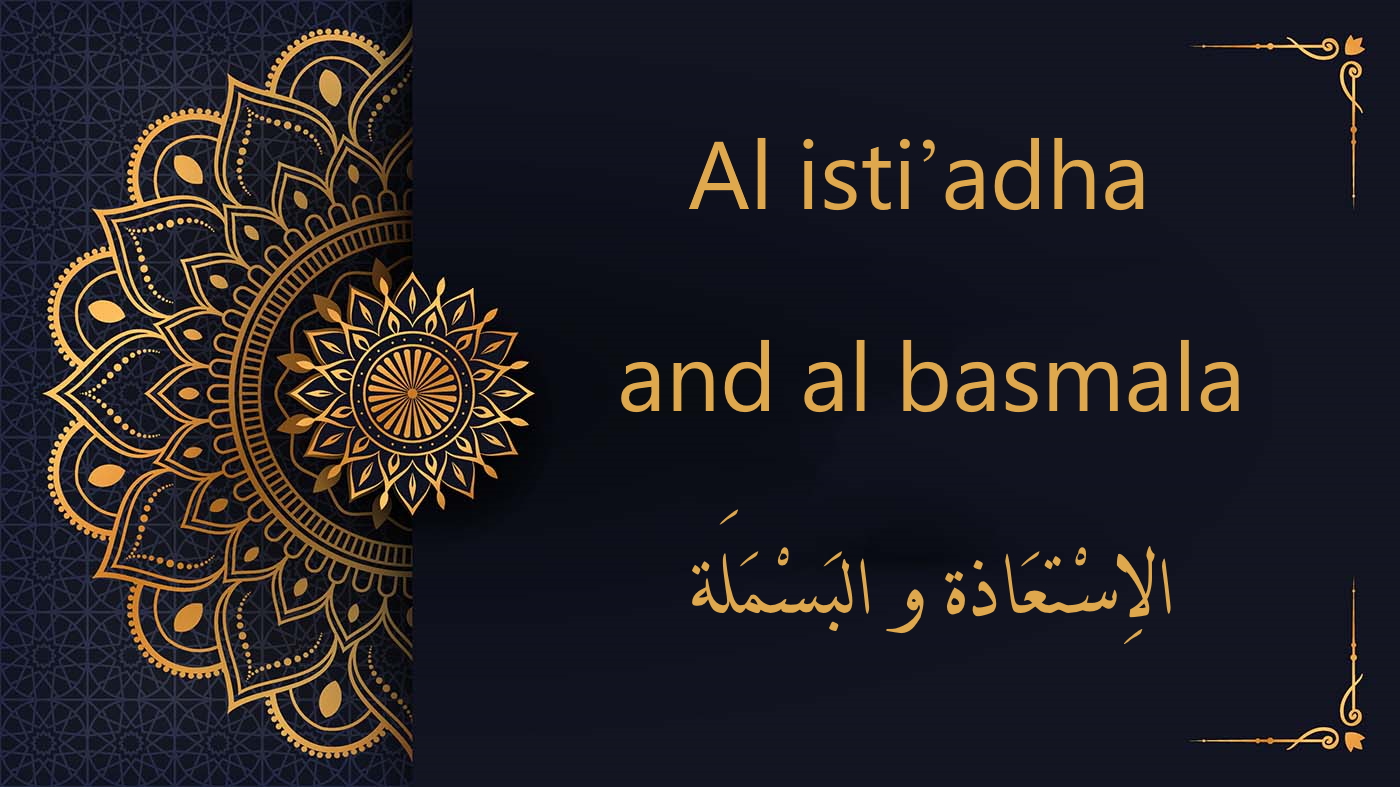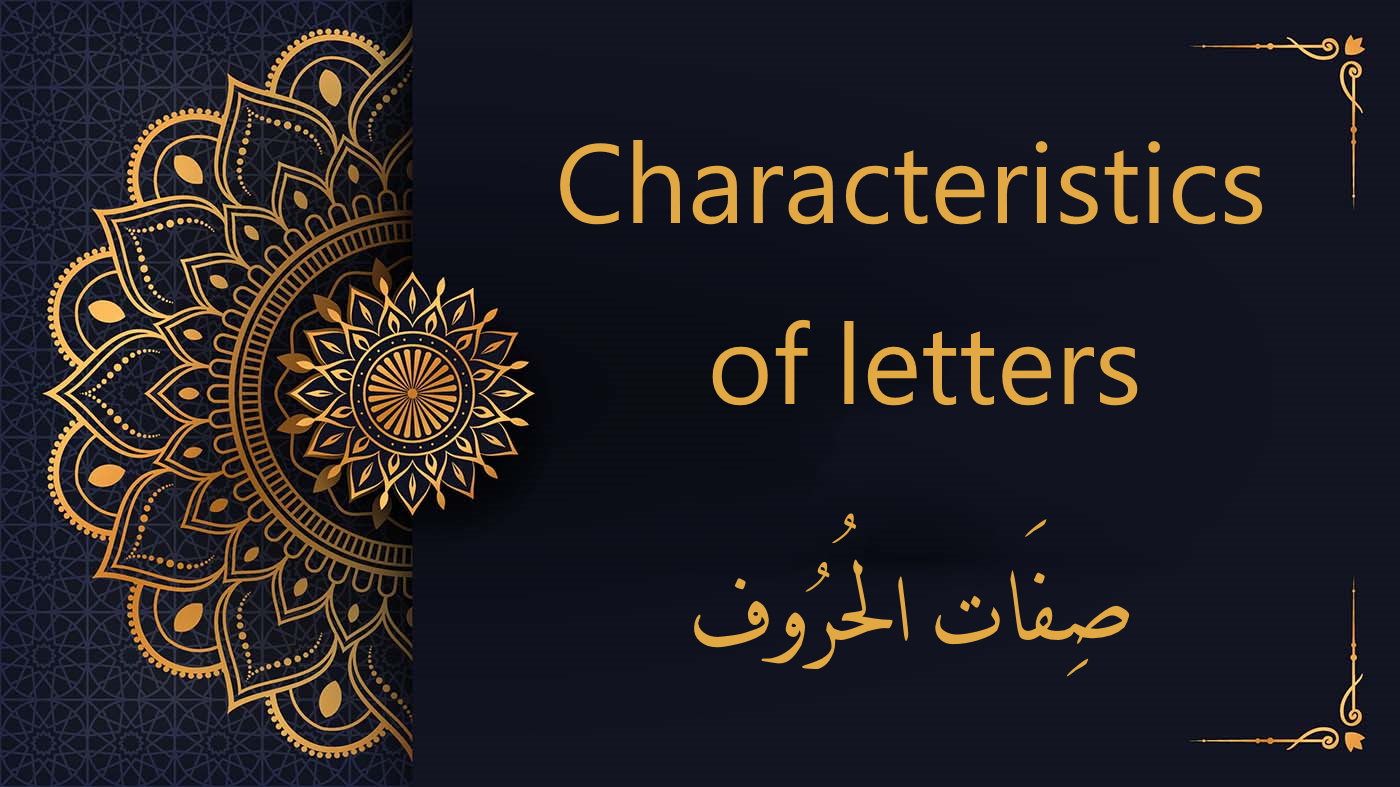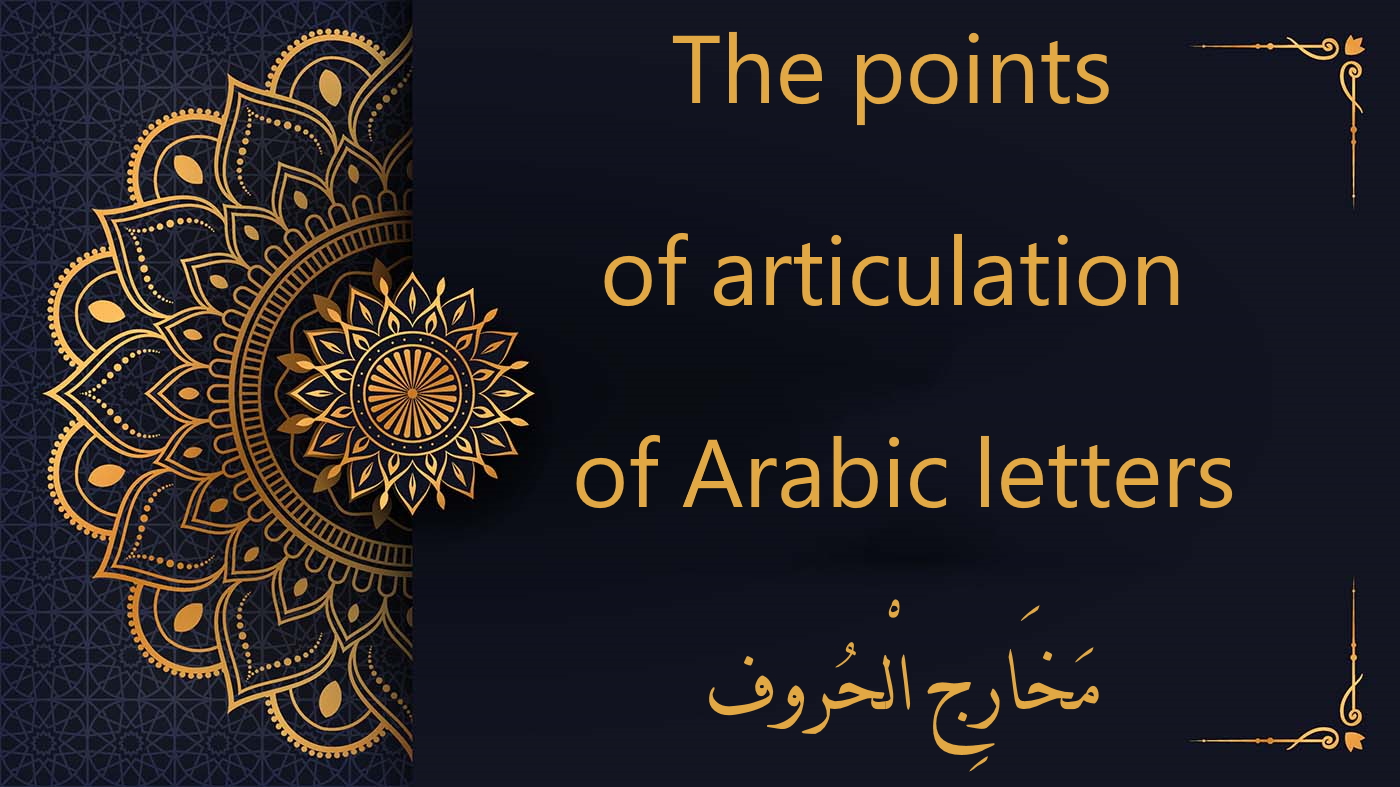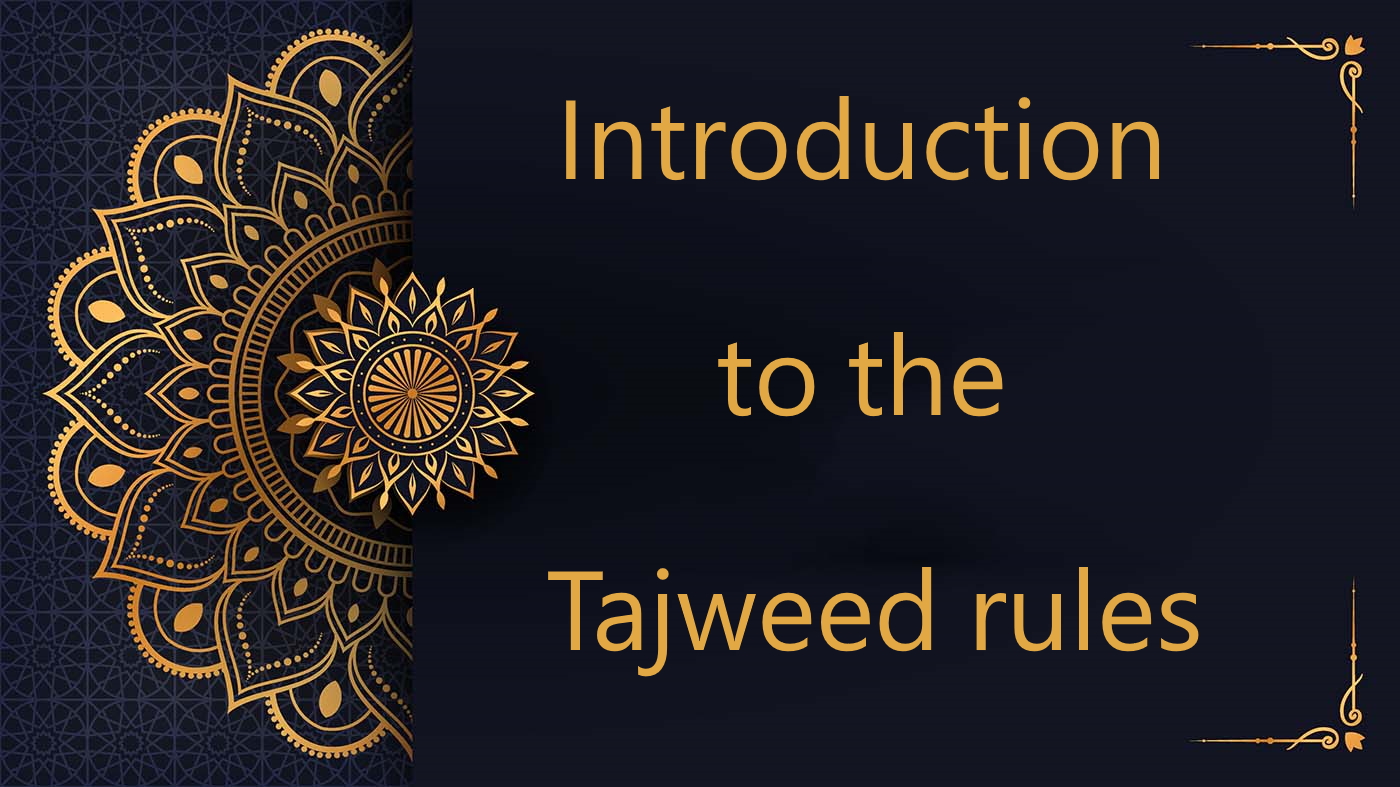Al isti’adha and al basmala | Tajweed rules

Understanding Al Isti’adha and Al Basmala: An In-depth Exploration 1. Delving into Al Isti’adha: Its Significance and Usage Allah instructs us that before we embark on reciting His Sacred Book, we should seek His refuge against the accursed Satan, ensuring that we are under His divine guidance and protection. As expressed in His esteemed Book: […]
The Definite Article Alif Lam | Tajweed Rules

The Definite Article Alif Lam | Tajweed Rules The Definitive Article ‘Alif-Lam’ (ال) in Arabic: Pronunciation Variations Based on the Following Letter lunar letters – الحُرُوفُ القَمَرِيَّة When the definite article precedes a word starting with a lunar letter, it is pronounced as ‘ال’ (al). Lunar letters are a specific group of Arabic letters that […]
Characteristics of letters | Sifaat al Huruf | Tajweed rules

Exploring the Nuances: The Characteristics of Arabic Letters (sifatul huruf) Delving into Sifaat: Understanding the Characteristics of Letters After examining the exit points or “Makharij” of the Arabic letters, it’s essential to delve deeper into their distinctive features or “Sifaat (صِفَات)”. While several letters may share the same exit point, their unique characteristics set them […]
Articulation Points of Arabic Letters | Tajweed Rules

Articulation Points of Arabic Letters: مخارج الحروف For those eager to recite the Holy Qur’an precisely as it was revealed to Prophet Muhammad (peace be upon him), understanding the articulation points of Arabic letters is crucial. Dedication to the mastery of each letter’s pronunciation and articulation ensures the true essence of the word is captured. […]
Common Quranic Recitation Mistakes | اللَّحْنُ

Common Quranic Recitation Mistakes | اللَّحْنُ Al-Lahn (اللَّحْنُ): Identifying Quranic Recitation Mistakes. Learn about the concept of lahn, which occurs when the recitation deviates from correct pronunciation. Two Types of Recitation Errors (Lahn): Serious and Obvious Mistakes (اللَّحْنُ الْجَلِي – Al Lahn Al Jaliy): These errors involve significant deviations, such as altering the meaning of […]
Quranic Recitation Science | العِلْمُ في قِرَاءَات القرآن

Quranic Recitation Science | العِلْمُ في قِرَاءَات القرآن The science of Quranic recitations encompasses three pivotal areas: Mastery of Tajweed principles. Understanding the varied styles of recitation. Exploring the diverse learning modalities. Understanding the Principles of Tajweed Tajweed is bifurcated into: Theoretical Rules: This encompasses the foundational principles of Tajweed, detailing standards and designations […]
An Introductory Guide to Tajweed Rules

An Introductory Guide to Tajweed Rules The Holy Qu’ran, Allah’s final revelation, serves as a beacon of guidance and knowledge for humanity. From the moment of its divine revelation, and by Allah’s grace, this boundless source has remained untouched, both in its profound meanings and even its subtlest letters and vocalization signs. Allah […]

